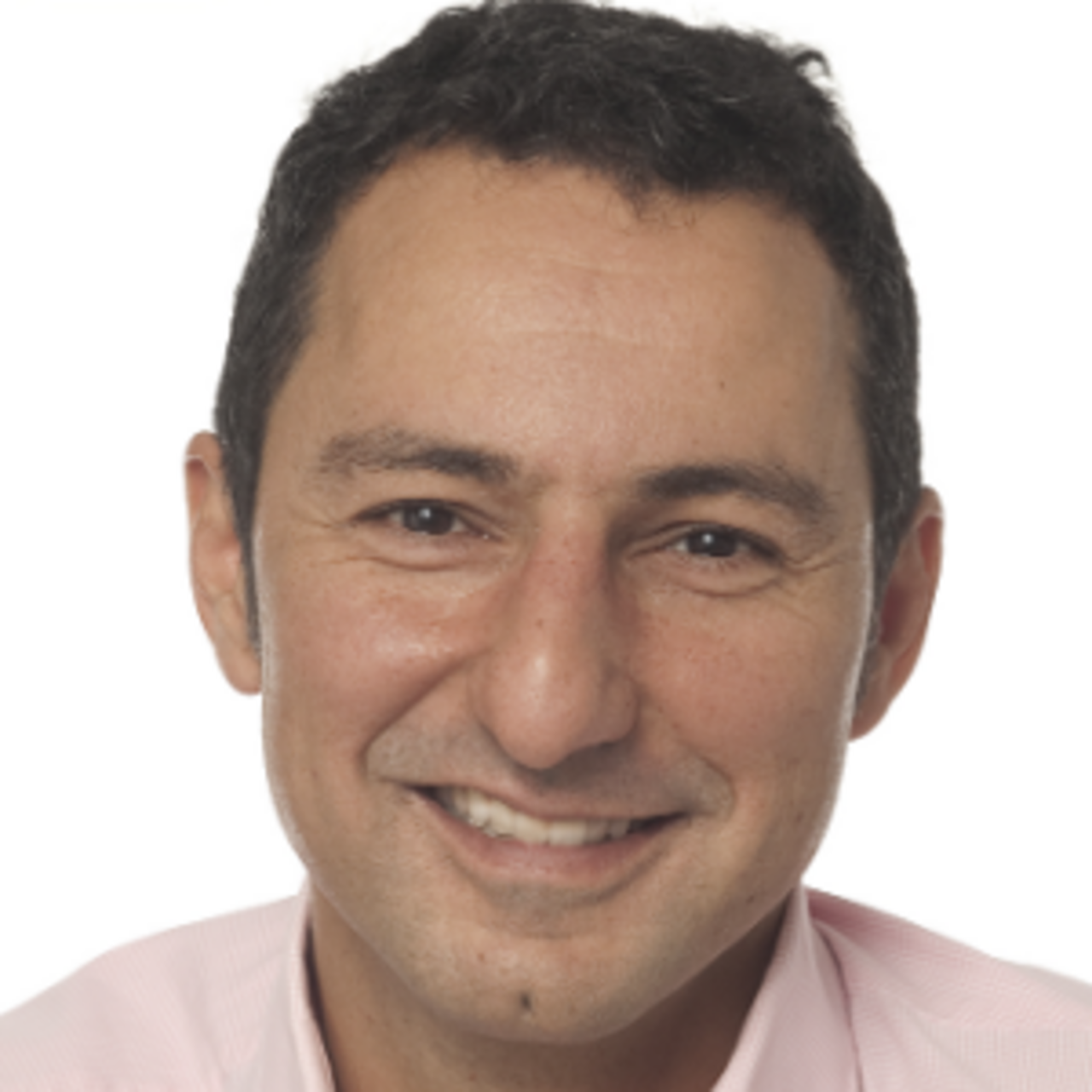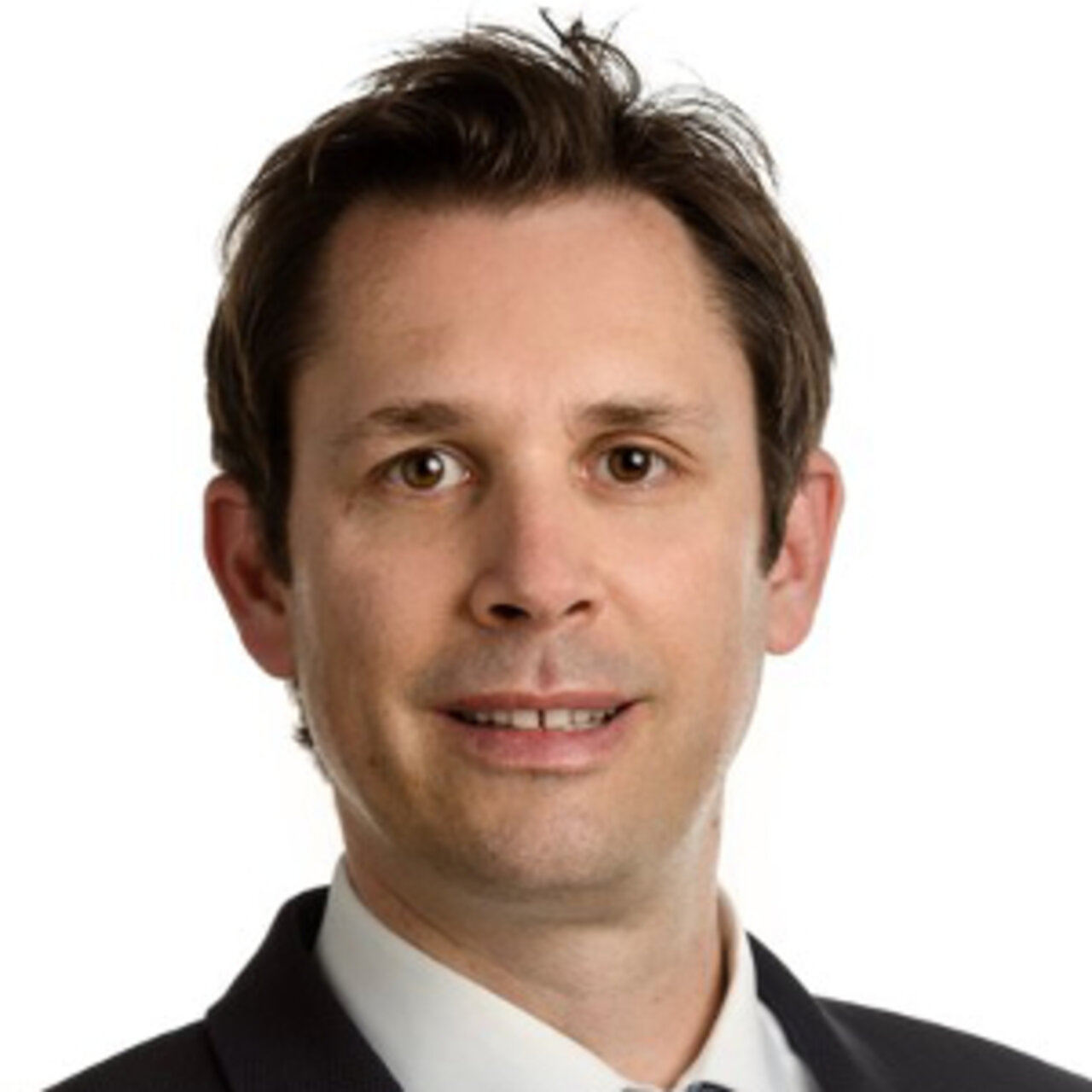Specialists in Thyroid scintigraphy
2 Specialists found
Information About the Field of Thyroid scintigraphy
What does a thyroid scintigraphy show?
Thyroid scintigraphy provides a diagnostic method in nuclear medicine to evaluate the composition and functional state of the thyroid gland, along with any abnormal changes in the gland. A scintigram helps the physician to estimate the size, spread and shape of the thyroid gland and to further evaluate tumors.
During this examination, radioactive substances (radiopharmaceuticals) are administered, which accumulate for a short time in the thyroid gland, particularly in regions that are metabolically active. When the so-called radionuclides emit radiation, they can be visualized using a special imaging technique, producing an image of the thyroid gland that depicts the local metabolic activity in different colors. Therefore, it can be seen which thyroid regions generate a particularly high amount of thyroid hormones and which regions contribute only very little to the metabolism.
When is a thyroid scintigraphy necessary?
Thyroid scintigraphy can be indicated for a number of thyroid diseases as a way of gathering more detailed medical information alongside examination techniques such as palpation or ultrasound.
For instance, scintigraphy is performed for nodules or tumors of the thyroid gland. The doctor can recognize from the scintigram whether the nodules are so-called cold nodules, i.e. not very metabolically active areas, or whether they are highly active hot nodules.
In most cases, hot nodules are benign areas that overproduce thyroid hormones with no control from the body. Such autonomy of the thyroid gland may be present in one or more nodules, but it may also involve the entire gland. It is possible to distinguish this on the scintigram.
In the case of cold nodules, it is usually one of the following pathologies:
malignant tumor
cyst
scar
hemorrhage
inflammation
Additionally, some warm nodules retain only slightly more radiopharmaceutical than healthy tissue.
Scintigraphy is also employed in cases of suspected autoimmune disease. Graves' disease is characterized by a homogeneous excess accumulation of the radioactive drug. In contrast, Hashimoto's thyroiditis demonstrates reduced metabolic activity. Hyper- or hypothyroidism can therefore be classified more accurately using scintigraphy under certain conditions.
Less commonly, scintigraphy can be performed to look for thyroid tissue which may be localized elsewhere in the body, for instance behind the breastbone (ectopic tissue).
When medically indicated, the costs of a thyroid scintigraphy will be covered by statutory and private health insurance providers.
What should be considered prior to a thyroid scintigraphy?
Generally, patients need to stop taking thyroid hormone medications such as triiodothyronine and L-thyroxine, as well as iodine-based medications such as amiodarone, before undergoing a thyroid scintigraphy. These influence the absorption of the radiopharmaceutical by the thyroid gland and would thus interfere with the examination results. Also other substances that contain a lot of iodine, such as X-ray contrast media, ought to be avoided for several weeks beforehand.
The so-called suppression scintigraphy is a special type of scintigraphy. This is performed in cases of suspected thyroid autonomy. In this case, the patient receives special instructions from the physician and is required to take high doses of thyroid hormones for about two weeks before the examination to suppress the metabolism of the normal thyroid tissue. Consequently, hardly any radiopharmaceutical will accumulate in the scintigraphy, while autonomous areas not under the regular control of the body will continue to metabolize hormones and become apparent in the scintigraphic examination.
Moreover, pregnancy must be ruled out before thyroid scintigraphy is performed.
Under the following conditions, thyroid scintigraphy should not be performed:
Pregnancy
breastfeeding (in case of urgent necessity, stop breastfeeding for 48 hours)
thyroid scintigraphy within the last 3 months (due to radiation exposure, scintigraphy should not be repeated)
What is the procedure for thyroid scintigraphy?
Once the indication for a thyroid scintigraphy has been made and a disease is suspected, prior examinations such as a palpation of the neck, ultrasound and blood tests are performed. The doctor will inform about advantages, but also risks and side effects, and inquire about other diseases and medications, which may have to be changed.
Technetium-99m (technetium pertechnetate) is frequently used as a radioactive drug as it resembles iodine and is absorbed into the thyroid gland in the same way, yet it is not metabolized any further. It is eliminated again rather quickly (half-life 6 hours). Technetium-99m represents a so-called gamma emitter having low radiation exposure for the patient. This radiopharmaceutical is injected into a vein and therefore quickly enters the bloodstream. Under special circumstances, iodine-123 is an alternative radioactive drug (half-life 13 hours).
For routine examinations with technetium-99m, it takes about 5-25 minutes from the time of injection to begin the scintigraphy itself using a gamma camera. The patient can either sit or lie down in front of the camera, although the neck must be overstretched to the back.
The examination itself takes about 10 minutes. The physician is provided with an image of the thyroid gland for evaluation, showing the accumulation pattern of the radiopharmaceutical. Additionally, specific values are determined and calculated and may provide information about diseases or influencing factors.
A thyroid scintigraphy itself does not cause any pain. It is only the puncture of a vein with the needle which can be perceived as unpleasant. Usually, the radiopharmaceutical is tolerated well by the patient. Unlike X-ray contrast media, for example, allergic reactions are not expected.
Although the radiation exposure from the examination is very low, and significantly below the radiation exposure to which each person is exposed yearly just by natural radiation from the earth, close contact with pregnant women and small children is to be avoided on the day of the scintigraphy.
Since the radiopharmaceutical is administered through a needle, infection at the puncture site may occur, as with any puncture of the skin with a needle. This complication is extremely rare, however.
Which doctors & clinics specialize in the field of thyroid scintigraphy?
If you're in need of a doctor, you expect the best medical care possible. So of course patients are curious to find out what clinic to go to. As there is no objective way to answer this question and a legitimate doctor would never claim to be the best, patients must rely on a doctor's experience.
Let us help you find an expert for your condition. All listed doctors and clinics have been reviewed by us for their outstanding specialization in the field of thyroid scintigraphy and are looking forward to your inquiry or wish for treatment.
Sources:
Amboss Schilddrüsenszintigraphie Stand 7.12.2021
Kuwert T. Schilddrüsenszintigraphie. In: Kuwert T, Grünwald F, Haberkorn U, Krause T, Hrsg. Nuklearmedizin. 4. Auflage. Stuttgart: Thieme; 2007
- eref.thieme.de/cockpits/clRadio0001/0/coRadOGW00462/4-31943

